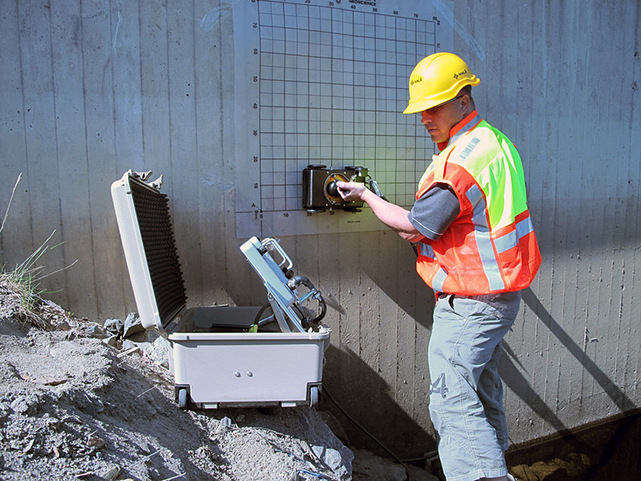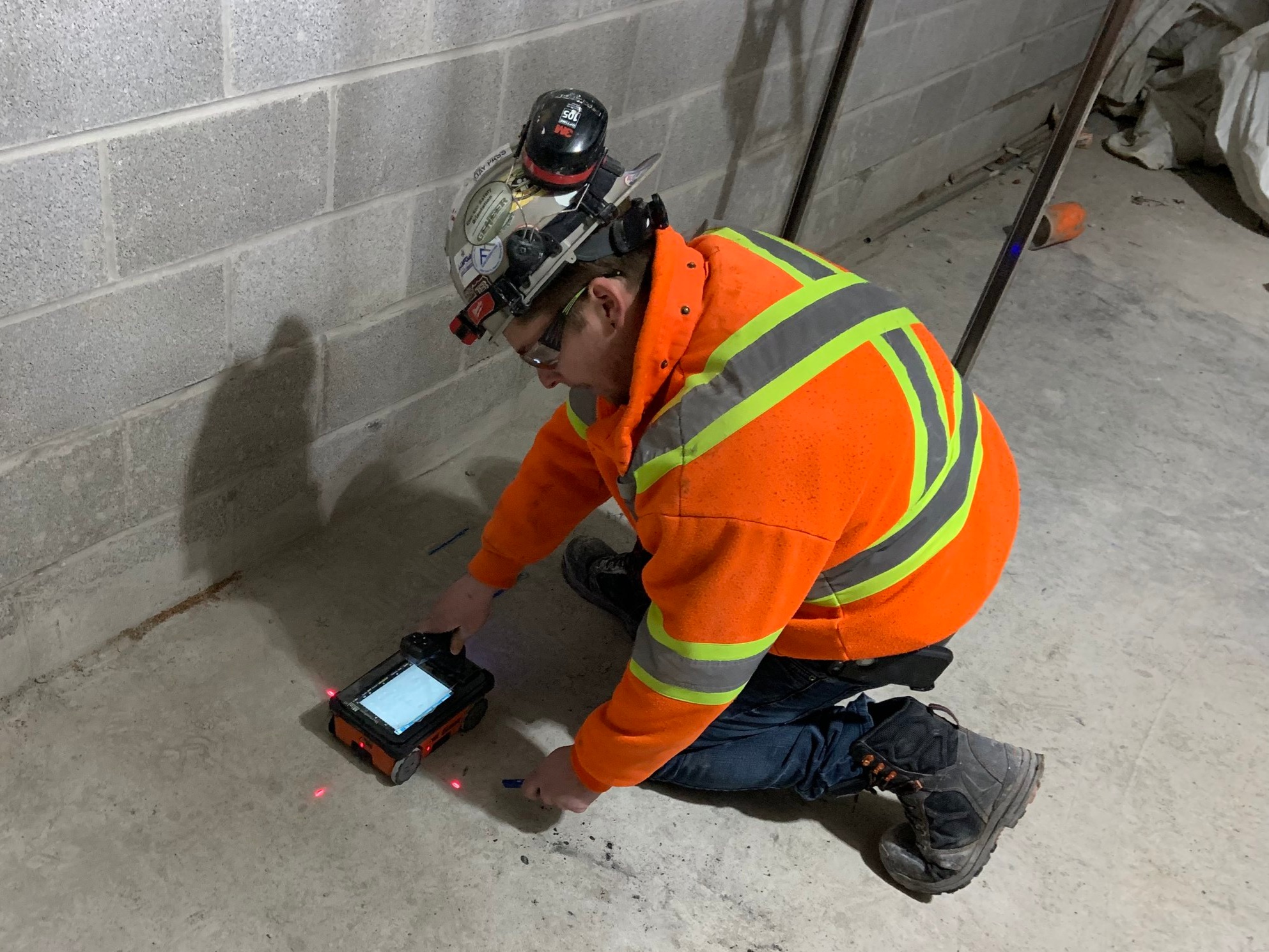Professional Tips for Optimal Concrete Scanning Results
Reveal the Transformative Power of Concrete Scanning in Maximizing Effectiveness and Safety
Concrete scanning has actually emerged as a vital device in the building and construction sector, supplying unparalleled advantages in improving job performance and making sure security requirements. The transformative power of concrete scanning lies in its capability to offer real-time data and detailed insights, changing just how projects are intended and performed.
Value of Concrete Scanning
Making sure the architectural stability and safety and security of building tasks begins with the essential action of conducting thorough concrete scanning. Concrete scanning is a non-destructive technique made use of to discover and map subsurface components within concrete structures.
Additionally, concrete scanning assists in enhancing job timelines and spending plan by staying clear of unforeseen costs and hold-ups that might occur due to unanticipated blockages within the concrete. Inevitably, spending in complete concrete scanning is an aggressive method that improves both performance and safety in building tasks.
How Concrete Scanning Works
Concrete scanning runs as an important tool in construction projects by using innovative innovations to discover and map subsurface aspects without causing structural damages. Ground Passing Through Radar (GPR) and Electromagnetic Induction (EMI) are 2 main methods utilized in concrete scanning. GPR jobs by releasing high-frequency radar pulses right into the surface, which get better when they encounter subsurface objects or spaces. The moment considered the signal to return suggests the deepness and area of the objects. EMI, on the other hand, uses electromagnetic areas to determine variations in material compositions, such as determining rebar or channels within concrete frameworks.
During the scanning procedure, the information gathered is assessed in real-time, allowing prompt identification of possible risks or barriers below the surface area. This information aids in decision-making, making sure that construction activities continue safely and effectively. Additionally, 3D imaging software can be utilized to create thorough maps of the subsurface aspects, even more enhancing project preparation and implementation. By utilizing these advanced modern technologies, concrete scanning considerably reduces the threat of expensive damages and injuries on building and construction websites.
Benefits of Concrete Scanning
One of the main benefits of concrete scanning is the ability to detect and find ingrained items such as rebar, post-tension cable televisions, and channels properly. Concrete scanning helps in preparation and developing more successfully, as it provides exact information regarding the location and depth of architectural components.

Study: Concrete Scanning Success

In an additional case, a building and construction company utilized 3D concrete scanning to assess the problem of aging concrete frameworks in a historic building. The in-depth scans given useful insights into the level of degeneration and aided prioritize maintenance initiatives efficiently. By proactively addressing locations of worry determined via scanning, the firm was able to extend the life expectancy of the framework and ensure resident security.
These instance studies underscore the transformative power of concrete scanning in enhancing efficiency, accuracy, and security in building projects.
Implementing Concrete Scanning in Projects
Executing advanced scanning technologies during construction jobs has actually become increasingly necessary for boosting accuracy and security. By integrating concrete scanning into project planning and implementation, building teams can identify potential hazards, such as rebar or post-tension cables, concealed Visit Your URL within concrete frameworks. This positive method lessens the danger of mishaps, delays, and costly rework, ultimately leading to extra reliable task timelines and spending plans.
To execute concrete scanning efficiently, task supervisors must collaborate very closely with experienced scanning experts to determine the most suitable scanning strategies for the details job demands. Engaging scanning experts from the beginning of a project makes it possible for the group to create comprehensive scanning strategies that attend to crucial areas of concern and ensure thorough data collection.
Moreover, including concrete scanning into normal job workflows can streamline decision-making procedures, as real-time scan data provides instant insights right into the problem of concrete structures - Concrete Scanning. This data-driven method assists in informed problem-solving and makes it possible for teams to make changes without delay, fostering a society of performance and security throughout the project lifecycle

Final Thought
To conclude, concrete scanning plays a vital role in boosting efficiency and security in building and construction tasks. By utilizing sophisticated technology to map and discover out underlying structures within concrete, this process assists to avoid pricey errors, guarantee structural honesty, and decrease threats on website. check it out With the capacity to discover concealed components and provide accurate information, concrete scanning proves to be a useful device for maximizing task end results and taking full advantage of general success.
Concrete scanning is a non-destructive technique utilized to find and map subsurface components within concrete frameworks. Furthermore, concrete scanning assists in enhancing job timelines and budget plan by preventing unexpected costs and delays that may arise due to unforeseen obstructions within the concrete. One noteworthy situation research study includes a large-scale remodelling job where concrete scanning played a crucial role in ensuring job success.In another situation, a construction business used 3D concrete scanning to analyze the condition of aging concrete frameworks in a historical why not check here building. By integrating concrete scanning right into project planning and execution, construction teams can recognize potential risks, such as rebar or post-tension cable televisions, hidden within concrete frameworks.